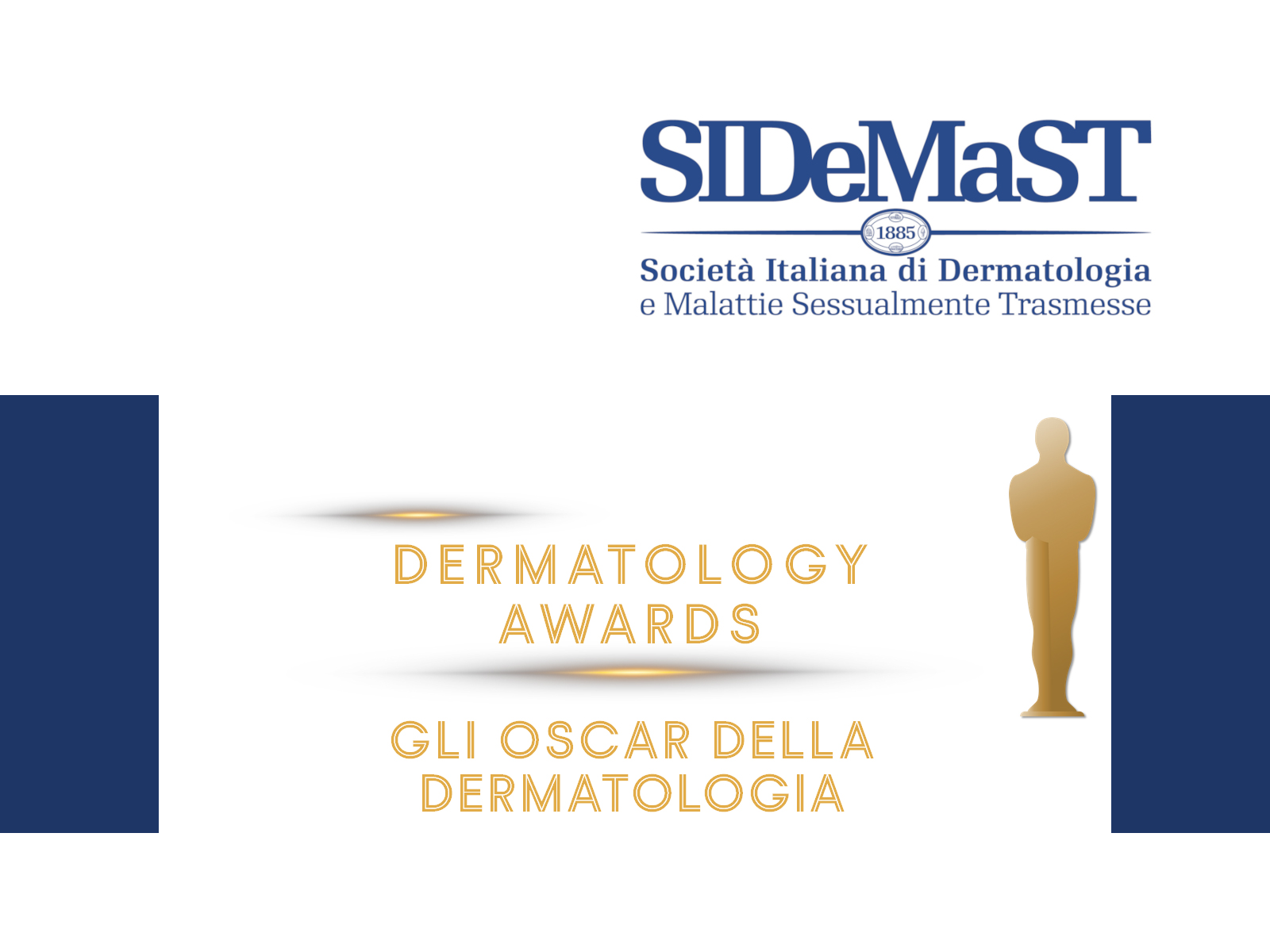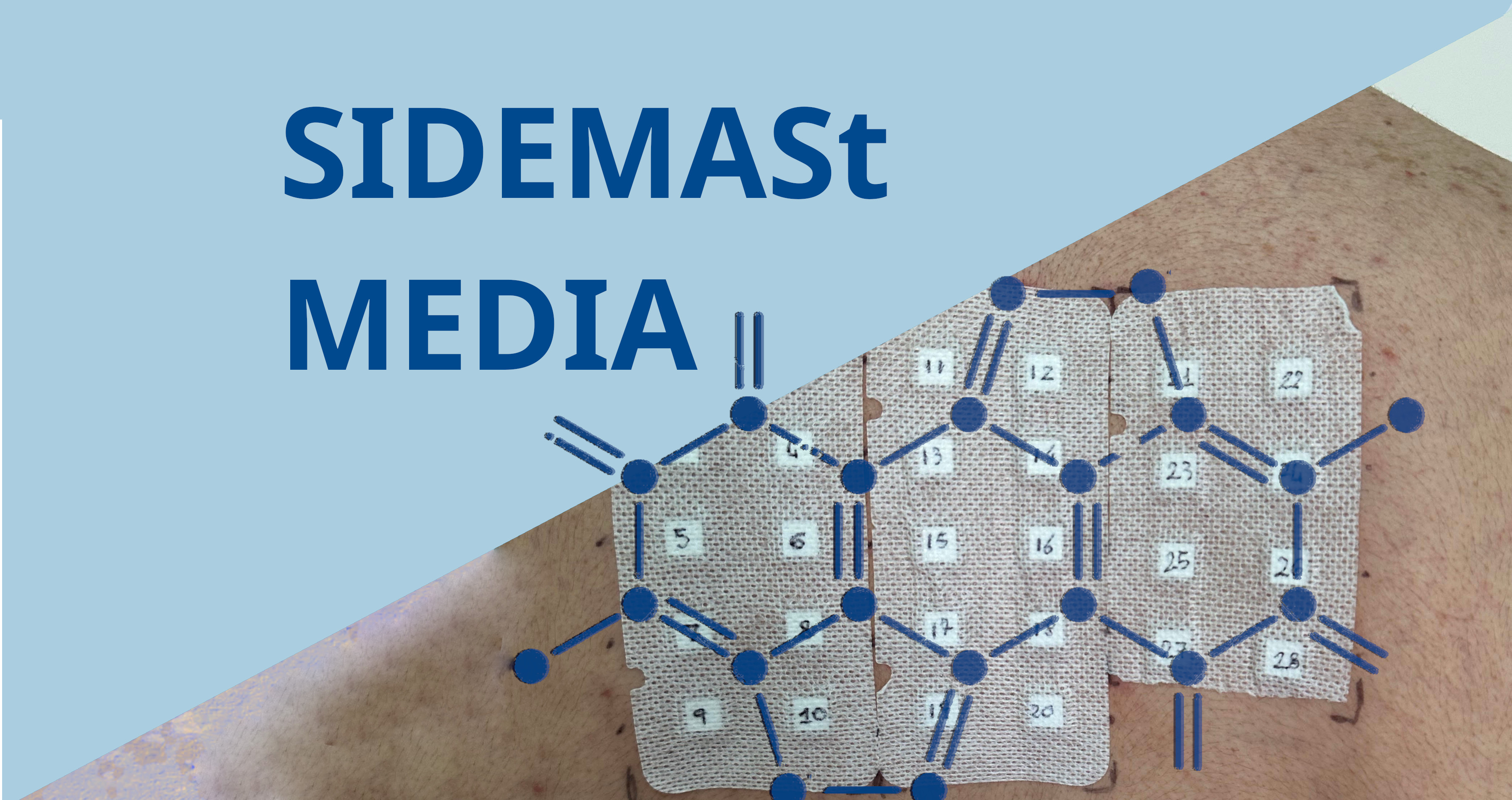Patients with moderate or severe acne vulgaris achieved a significant reduction in lesions from baseline and expressed greater satisfaction after treatment with benzoyl peroxide 3% and clindamycin 1% compared with azelaic acid 20%, researchers reported here at the 24th European Academy of Dermatology and Venereology (EADV) Congress.
The percent change in inflammatory lesions from baseline at study week 4 was -52.6% with benzoyl peroxide/clindamycin compared with -38.8% with azelaic acid (P = .0004).
"Acne vulgaris is a common, chronic, dermatologic inflammatory disease that is treated with a range of mono and combination therapies, making it important to assess which therapy has the greatest efficacy and provides the most patient satisfaction," said Michael Sebastian, MD, Hautarztpraxis, Mahlow, Mahlow, Germany.
The trial enrolled patients aged 12 to 45 years with a confirmed diagnosis of mild-to-moderate acne vulgaris. Patients were randomised 1:1 to receive once-daily benzoyl peroxide 3% and clindamycin 1% or twice-daily azelaic acid 20% cream for up to 12 weeks.
The primary endpoint was percentage change from baseline in inflammatory lesion count at week 4. Secondary endpoints included inflammatory and total lesion count, Investigator's Static Global Assessment (ISGA), (Children's) Dermatology Life Quality Index (CDLQI), and tolerability assessment of erythema, peeling, dryness, stinging/burning, and pruritus.
At baseline the proportion of patients giving a ISGA rating of 'clear'/'almost clear' was 0% in both cohorts; by week 12 this rating was given by 33.6% of benzoyl peroxide/clindamycin patients versus 17.8% of patients receiving azelaic acid. The respective groups reported ISCA ratings of very much improved /improved of 57.9% versus 42.6%.
Quality of life improvement, as measured by CDLQI scores at week 12, was greater with benzoyl peroxide/clindamycin than azelaic acid. Mean (SD) reductions of in CDLQI scores were 73.3% (31.2) versus 60.5% (70.6) in the benzoyl peroxide plus clindamycin group versus the azelaic acid group, respectively. In the respective groups, 38.3% and 57.0% versus 25.0% and 41.3% of patients reported being 'very satisfied' or 'satisfied', respectively.
The tolerability assessment showed a low incidence of symptoms, with patients reporting 'none' or 'slight' for both treatments during the study.
Any adverse event (AEs) was reported by 57.4% of patients in the combination treatment group compared with 69.7% of azelaic acid-treated patients. Treatment emergent AEs (TEAEs) were reported in 55.6% and 69.7%, respectively. Serious AEs were seen in 2 (1.9%) versus 3 (2.8%) patients in the respective groups and 1 subject in each group withdrew due to a TEAE. A total of 15 subjects withdrew without giving a specific reason for withdrawal.
Funding for this study was provided by GlaxoSmithKline.








